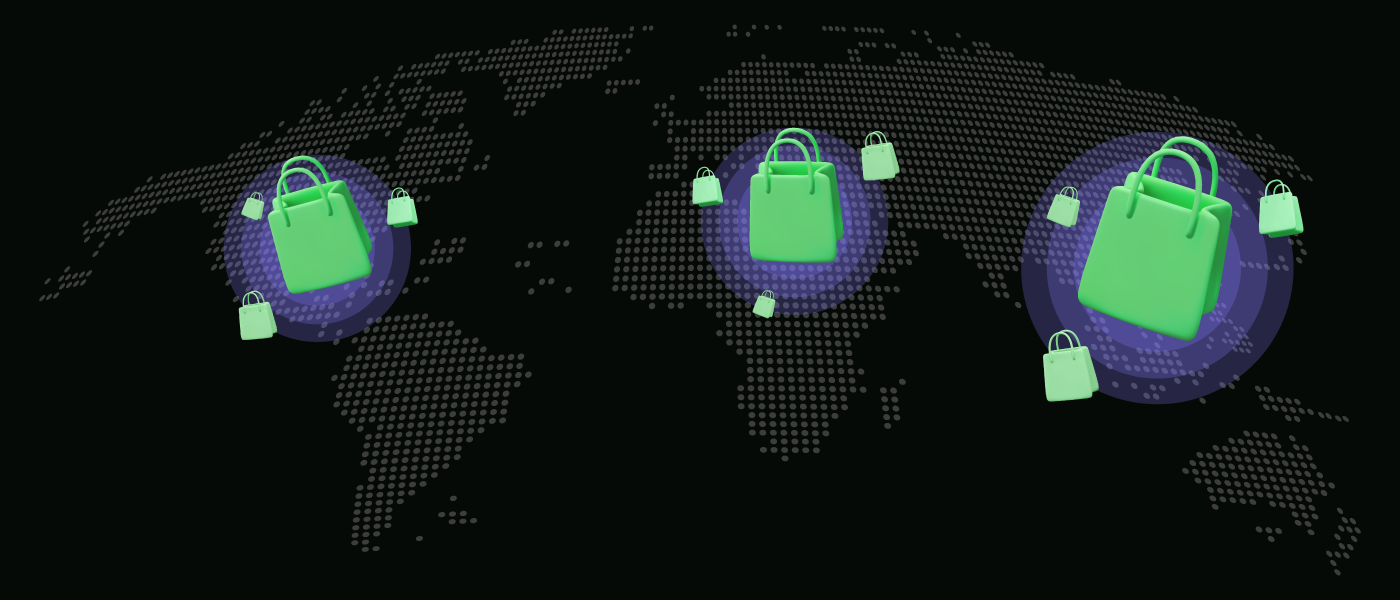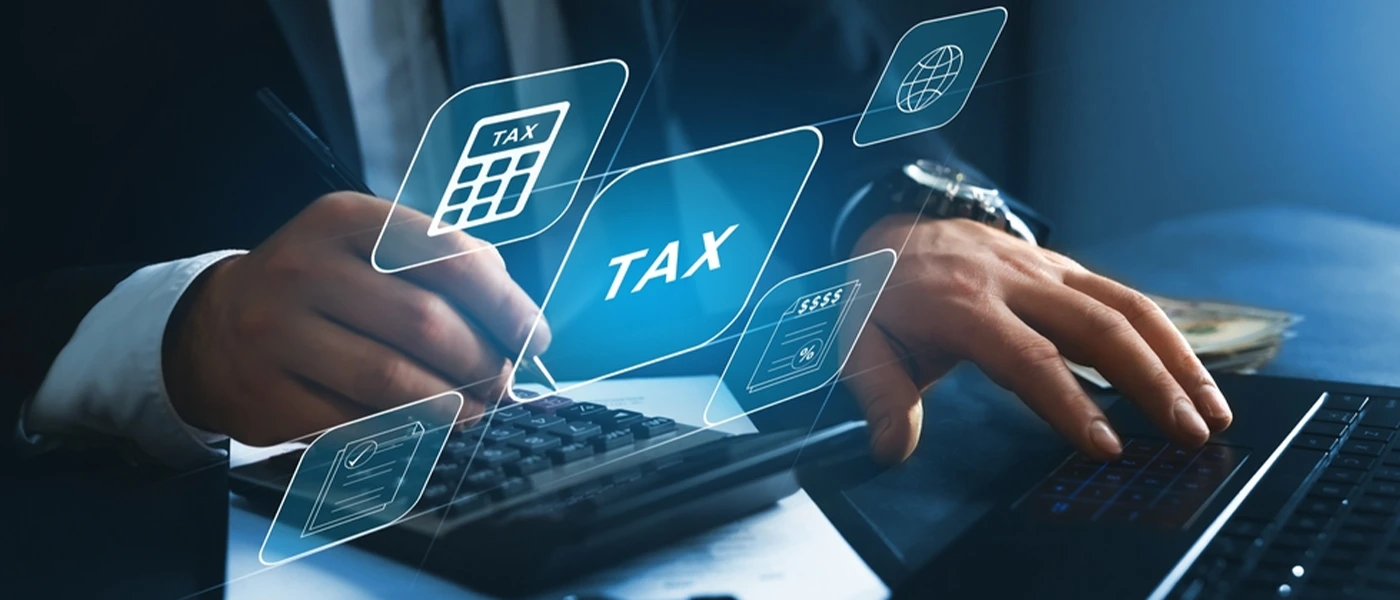Autonomous delivery systems such as automated trucks are being developed by different courier companies across the world to further streamline the delivery experience. While these automated trucks may take some more time in order to be greenlit for full operations, we have seen drones and delivery robots being used for last-mile delivery, arguably one of the most important and memorable aspects of the entire delivery experience.
With the e-commerce boom, and an increasing number of people placing orders online daily, drones and delivery robots put up a great contribution into making sure your parcels are delivered safely, quickly and on-time.
How drones and robots changed the landscape of last-mile logistics
Just to be clear about it, when we say “autonomous” pertaining to these drones and robots, we don’t say that they are close-to-sentient or fully automated. For now, albeit without the presence of a delivery person, “autonomous” drones and delivery bots are run by a team of minds tracking every single transaction until it reaches your home. It might not be what we expect when we say autonomous, but this system is far more advanced and efficient than the usual delivery person picking up your parcel from the nearest hub or warehouse.
Over the past two years, the need to speed up the improvement of these drones and delivery bots have become all the more urgent. Contactless delivery has become more necessary and highly preferred than ever. A total of $8 billion dollars have been invested by companies in the research and development of these advanced delivery mechanisms.
Let us take some time into taking a closer look at delivery bots developed by Starship Technologies, Nuro, FedEx Roxo, Amazon Scout, Udelv, Kiwibot and Coco – named by Forbes as seven home delivery robots that are last-mile game changers.
- Starship Technologies was launched in 2014 by the co-founders of Skype. With an estimated 3 million autonomous deliveries under its belt, Starship prides itself with autonomous food delivery within college campuses.
- Nuro, on the other hand, boasts of its autonomous delivery vehicles, equipped with heating and cooling technology, with a greater capacity at about 500 pounds. The company has partnered with Dominos, Kroger and Walmart, to name a few, after starting business in 2016.
- Sidewalk robots designed with sensors to take on street obstacles were developed by big delivery companies such as FedEx with its Roxo. Roxo is being piloted for same-day autonomous delivery in the state of Texas
- Meanwhile, the Amazon Scout, also a sidewalk robot, continues to be in development in a facility in Helsinki, Finland.
- In 2022, Udelv launched its own multi-stop electric delivery vehicle. The Transporter, as Udelv calls the bot, can transport up to 2000 pounds of cargo spread within up to 80 stops.
- Meanwhile, Kiwibot has also launched its own fleet of delivery bots partnering with the University of California – Berkeley and food chain Chick-fil-A.
- Coco works with delivery bots to perfect its 15-minute autonomous restaurant delivery.
Some breakthroughs in drone delivery have also been reported over the past few years with feats by Amazon, UPS, Dominos, and Google’s parent company Alphabet.
- Pizza company Domino’s is famous for conducting the first drone delivery with its pizza dropped off in New Zealand in November 2016.
- The Primer Air delivery program of Amazon can significantly cut off time to 30 minutes from ordering, in contrast to the same-day or two-day waiting time of its other programs.
- The Wing service, developed by Alphabet in partnership with FedEx and Walgreens, has successfully delivered select FedEx packages such as health and wellness products and over-the-counter medicines.
- UPS also partnered with a pharmacy and is seeking to expand its drone-operated medical product delivery.
Challenges with drones and delivery bots
While we are looking into the future of last-mile delivery with drones and bots, they also come with a handful of challenges that have to be addressed sooner or later for them to fully take off.
Navigation
Although a lot of money has already been put in research and development, there are improvements that are yet to be implemented with the navigation systems employed in drones and bots. Lidar is most impressive with an HD 360-degree vision but there it costs so much more than the others. Other standard navigating systems such as thermal sensors are cheaper but susceptible to motion blur. HD cameras also have blind spots especially when used in close-range. Researchers are looking into a combination of these different systems for best effect.
Power
While navigation systems are being optimized, so must its use of power. A battery which has a single charge could not last for very long especially when it powers both the GPUs and the pod itself. Research and development must also consider more efficient power sources for these drones and bots.
Safety
Although relatively new, these last-mile game-changers are generally safe because they are equipped with object avoidance technologies which tell them to stop if they sense a human, an animal or an object in front of them and alert the people in the area. To add to that, these machines are compact, about the size of a normal dog, so they would not be much of an obstruction even when deployed in the streets.
Traffic rules
Because these machines are relatively new and are in the exploratory stage, companies still need to apply and get approved for the deployment of drones and bots. Special permits and adjustments must take effect before they are allowed in full-scale operations. That’s why most of our drone and delivery bot systems are still in pilot cases in select areas.
Load capacity
The various existing drones and bots differ in load capacity so companies need to study carefully the tasks and packages they assign to each bot so as to prevent any overloading incidents in the future.
Efficiency and cost reduction of drones and bots
Studies on the efficiency and cost reduction concerning drones and bots have pointed out that they are more efficient and sustainable alternatives when it comes to last-mile logistics, especially today that the world is facing problems with rising fuel costs, higher vehicle emissions. Because they are run by electricity, drones and bots will significantly bring down the use and expenses that previously went to oil and fuel, and can be used to further improve the different aspects of these last-mile delivery systems such as navigation and power systems.
Compared to existing last-mile delivery systems, automated delivery systems such as drones and delivery bots are more cost-efficient, slashing expenses by 80% to 90%. This has led to market analysts predicting that they can be “transformational” in the field of last-mile logistics.
Will autonomous delivery gain value?
The global last-mile delivery market is projected to grow bigger in the next decade, with a projected $4.96 billion by 2030, a huge jump from the recorded $860 million in 2021. It seems like the dollars put into research and development will sooner or later, be worth it.
It is predicted that autonomous delivery will gain majority of its ground in the food and retail industry as evidenced by breakthroughs in cafeterias, college campuses, food chains and supermarket chains. With the expected application and implementation of improvements to the systems, the growth of the market for automated last-mile logistics may be more rapid and may be more diversified.
Some points about drone and bot sustainability
With all the innovations packed into a single machine, drones and robots might raise brows with questions regarding their sustainability. Are they just some attempt at showing off, or are they here to change the rules of the game completely? Some companies have already tackled emerging problems with what they call a “multi-pronged approach” to make the services better despite the innate complexity of automated last-mile logistics.
Drones and delivery bots are continuously being heralded as the future of “quick commerce” due to its capacity of keeping up with the raised bar of expectations when consumers are getting used to instant gratification, especially when ordering online. Moreso, in the advent of the pandemic, when an additional layer for the need of feeling safe is valuable to most consumers, drones and delivery bots are increasingly put at the top of delivery options companies have to offer.
Fast deliveries and accurate location tracking
Especially in lower-density areas, drone and bot deliveries are generally proven to be faster with some studies putting the median delivery time at 3 to 5 minutes. Aside from this newfound speed of delivery, drones can also accurately land your parcel with an accuracy of more or less ten inches from the location you indicated in your order. Speed and accuracy are two aspects that these machines excel in, and can help bolster their status as prime choice for deliveries.
Beneficial for the environment
Drones and bots do not produce carbon dioxide emissions, as opposed to the 181g of CO2 per kilometer, per item that conventional last-mile delivery entails. As soon as massive production and deployment of drones and bots are done, the shift to automated last-mile logistics will also have the potential to save the environment by significantly cutting down the emissions – a greener, more efficient alternative to fuel-powered delivery.
Appealing to consumers
The novelty and the efficiency that comes with drone and bot delivery has gained approval among customers in the areas where they are being piloted. Most consumers who have already experienced drone and bot delivery prefer this method, and are willing to pay a premium just to avail of the service another time.
Prospects on the future of drone and bot delivery
Drones and delivery bots are developing and are on the way to become what many predict as the future of last-mile delivery. While at its infancy, drones are already able to deliver food, grocery and other smaller parcel items from hubs to people’s doorsteps. In the next few months or years, they are set to develop further in predetermined niches in food, retail and medicine delivery.
Some companies such as UPS are beginning to test turning larger automated vehicles such as vans into hubs, in replacement of the fixed buildings. With drones over their roofs, these vans will carry the heavier loads while the drones fulfill the last-mile delivery. A hub van might also resolve the problem of limited charging as power pods can be attached to them.
In terms of clean energy, albeit electricity-powered, critics say that the electricity source of these drones and robots must veer away from fossil fuels as well. For genuine sustainability to be achieved, renewable sources must be the norm for the electricity source of these machines. Solar power is being studied for self-powered drones and although they cannot power them fully at the moment, the best results are already at 31.6% efficiency.
Much has to be done also with the adaptability of these machines with different settings. They have proven to be efficient in low-density areas but have encountered challenges in highly-populated areas where multi-level buildings are present. Some research institutions have begun to develop bi-pedal robots that can go up and down stairs just like a human delivery person does.
Added to these challenges are existing regulations in air and land traffic that must be urgently updated to accommodate the operations of these delivery machines. Legislation, guidelines and monitoring agencies are absolutely necessary to launching a massive scale shift to automated last-mile deliveries.
We are living in the future – a future where efficiency and cost-effectiveness are key to achieving success. Drones and delivery robots are a welcome push toward providing the best e-Commerce experience in the 21st century. They are far from perfect at the moment, but they are very promising for their potential to holistically transform how we do delivery. What is clear is that these developments are pushing the limits and expanding our imagination of how our cities and societies can look like and operate. After all, the rubric of whether these are better than other methods relies on how they make our lives better in all dimensions – be it economic, environmental, operational or social.











